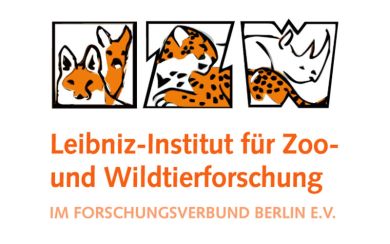The project team works under the direction of Senckenberg Museum for Natural History Görlitz (SMNG). There are more project partners, namely the LUPUS Institute for Wolf Monitoring and Research in Germany (Spreewitz), the Conservation Genetics Group of the Senckenberg Research Institute and Natural History Museum (Research Station Gelnhausen), and the Leibniz Institute for Zoo and Wildlife Research (Leibniz-IZW, Berlin). All project partners have long-term experience with researching wild wolves in Germany.
Senckenberg Museum for Natural History Görlitz

Senckenberg Research Institute and Natural History Museum, Conservation Genetics Group, Research Station Gelnhausen
The Conservation Genetics Group runs the national reference laboratory for genetic analyses of wolf and lynx samples in Germany.
Leibniz Institute for Zoo and Wildlife Research

Leibniz-IZW examines all wolves that have been found dead in Germany regarding their causes of death and possible pre-existing conditions. In a recent study, IZW analysed parasite infestation in wolves.
LUPUS Institute for Wolf Monitoring and Research in Germany
The LUPUS Institute coordinates wolf monitoring and research in Saxony. It further provides advice and supports wolf monitoring and management of other federal states. LUPUS has conducted different projects on behalf of the federal authority.
BMUV and BfN
The Federal Ministry for the Environment, Nature Conservation, Nuclear Safety and Consumer Protection (BMUV) and the Federal Agency for Nature Conservation (BfN) fund and monitor the Research and Development Scheme “Documentation of wolf occurrences and wolf management in Germany and counselling of federal and state authorities”.
